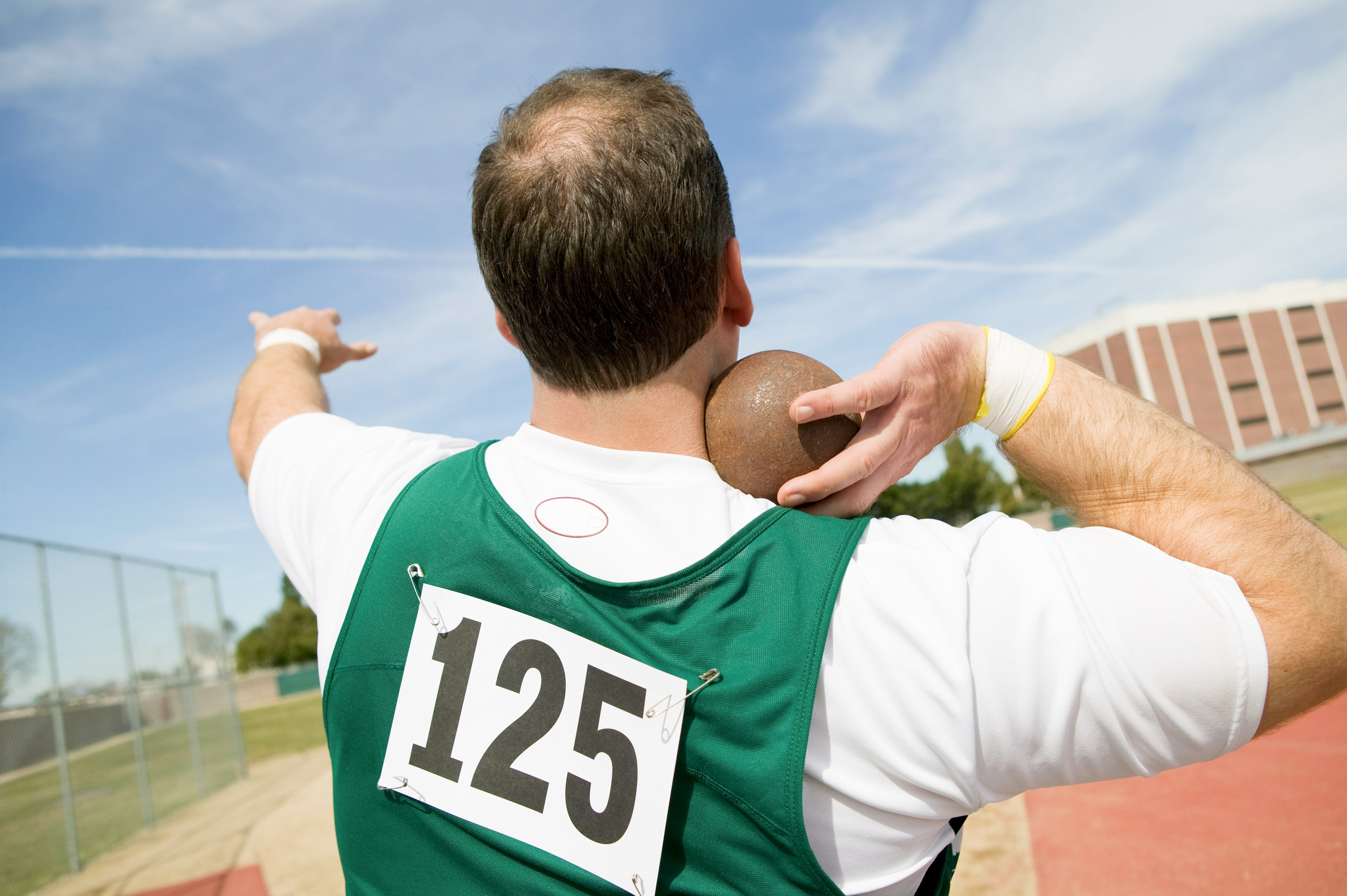
THERAPY-Magazin
VR-based balance training for Paralympic shot put and javelin throwers

Jakob Tiebel
Health Business Consultant
Effect of a virtual reality programme to improve trunk stability in Paralympic shot-putters and javelin throwers: A case study.
The positive results of virtual reality-assisted trunk training for participants contribute to the knowledge on this topic and open up the possibility of incorporating this technology into training protocols for Paralympic athletes.
Paralympic sport emerged as part of the rehabilitation process for people with disabilities. In Paralympic disciplines, motor control in the trunk area and especially in the abdominal area is of great importance in preventing injuries and improving athletic performance. There are many aids used by sports coaches to improve muscle strength, and thus trunk stability, and to reduce risks on the field. However, there is limited research on the use of virtual reality in conjunction with stabilometry platforms when training Paralympic athletes with physical disabilities.
Objective of study
The aim of the study was to determine the effect of a virtual reality-assisted trunk training programme on high-performance Paralympic athletes, shot-putters and javelin throwers with physical disabilities competing in throwing disciplines.
The aim of the study was to determine the effect of a virtual reality-assisted trunk training programme on high-performance Paralympic athletes, shot-putters and javelin throwers with physical disabilities competing in throwing disciplines.
Methodology
The research was designed as an intra-subjective quasi-experimental study. Five high-performance Paralympic athletes with physical disabilities were studied. A virtual reality software (THERA-soft), which contains playful content and patterns that can be adjusted in terms of time and intensity, and a dynamic standing and balance trainer (THERA-Trainer balo) were used as intervention equipment, which can be adapted to the patient and enable retraining of balance, proprioception, strengthening and achieving trunk control. The analysis variables were the level of anteroposterior and lateral displacement of the trunk and the changes in action volume. An initial evaluation, a six-week intervention and a final evaluation were conducted.
The research was designed as an intra-subjective quasi-experimental study. Five high-performance Paralympic athletes with physical disabilities were studied. A virtual reality software (THERA-soft), which contains playful content and patterns that can be adjusted in terms of time and intensity, and a dynamic standing and balance trainer (THERA-Trainer balo) were used as intervention equipment, which can be adapted to the patient and enable retraining of balance, proprioception, strengthening and achieving trunk control. The analysis variables were the level of anteroposterior and lateral displacement of the trunk and the changes in action volume. An initial evaluation, a six-week intervention and a final evaluation were conducted.
Results
A tendency towards posterior displacement was noted in the initial assessment of all athletes. In the final assessment, the ranges of displacement increased for almost all subjects, except for subject 5, whose scores remained almost stable in both the initial and final assessments. The difference in displacement between the initial and final test was 6.26 degrees on average for the participants.
A tendency towards posterior displacement was noted in the initial assessment of all athletes. In the final assessment, the ranges of displacement increased for almost all subjects, except for subject 5, whose scores remained almost stable in both the initial and final assessments. The difference in displacement between the initial and final test was 6.26 degrees on average for the participants.
Conclusions
The positive results of virtual reality-assisted trunk training for participants contribute to the knowledge on this topic and open up the possibility of incorporating this technology into training protocols for Paralympic athletes.
The positive results of virtual reality-assisted trunk training for participants contribute to the knowledge on this topic and open up the possibility of incorporating this technology into training protocols for Paralympic athletes.
balo
coro
Science
Standing & Balancing
THERAPY 2023-II
THERAPY Magazine

Jakob Tiebel
Health Business Consultant
Jakob Tiebel is OT and studied applied psychology with a focus on health economics. He has clinical expertise from his previous therapeutic work in neurorehabilitation. He conducts research and publishes on the theory-practice transfer in neurorehabilitation and is the owner of an agency for digital health marketing.
References:
- Pérez-Trejos Luz Edith, Gómez Salazar Lessby, Ortiz-Muñoz Daniela, Arango-Hoyos Gloria-Patricia. Effect of a virtual reality program to improve trunk stability in Paralympic shot put and javelin throwers. A case study. Rev. Investig. Innov. Cienc. Salud [Internet]. 2022 Dec [cited 2023 Feb 07] ; 4( 2 ): 34-48.
Related contents
Find related exciting contents in our media library.
This is not what you are searching for? Knowledge
Meet our specialists.
Are you interested in our solutions? Schedule a meeting with a Consultant to talk through your strategy and understand how TEHRA-Trainer can help you to advance rehabilitation.
You need to load content from reCAPTCHA to submit the form. Please note that doing so will share data with third-party providers.
More InformationYou are currently viewing a placeholder content from Turnstile. To access the actual content, click the button below. Please note that doing so will share data with third-party providers.
More Information